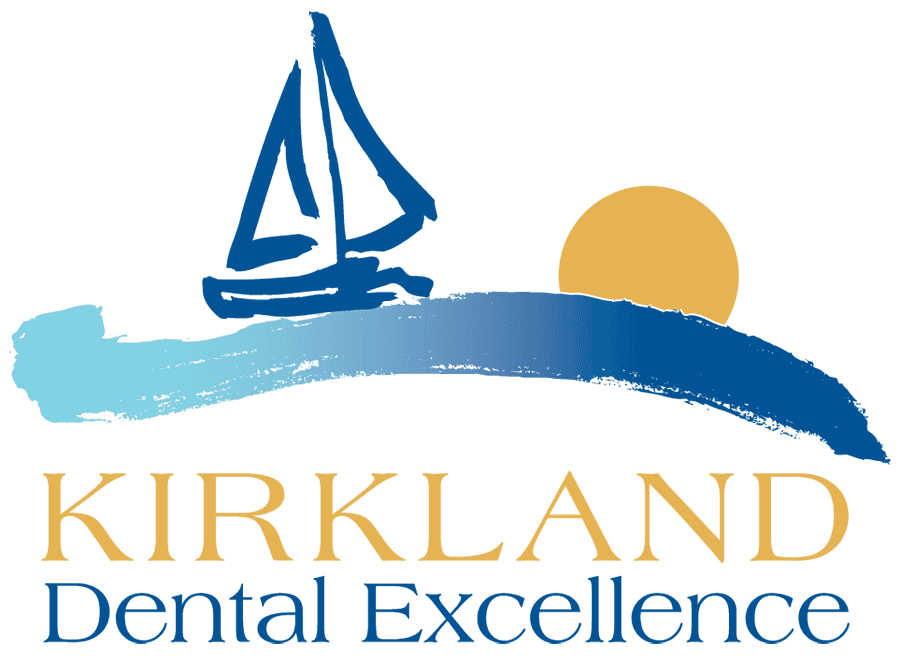At-Home First Aid for Common Tooth Injuries

Emergency Pediatric Dentistry in Kirkland, Washington
October 10, 2024
Does Toothache Cause Headache?
October 24, 2024Dental emergencies can be demanding experiences. Applying first aid treatment strategies eases discomfort and improves outcomes in dental emergencies. This guide provides essential dental first aid for common tooth injuries to help you handle dental crises until professional help is available.
Table of Contents
ToggleWhat is the First Aid for Teeth?
First aid for teeth means taking quick action to care for dental injuries or emergencies until you can see a dentist. It includes steps to ease pain, prevent more damage, and keep things stable. For types of tooth Injuries and dental emergencies in Minnesota, you need to follow some safety measures before a dentist visit. Quick actions can save your tooth and prevent further damage.
Most Common Dental Emergencies and First Aid
Dental first aid is relatively common in the U.S., with many people experiencing dental emergencies like toothaches, chipped teeth, or knocked-out teeth. It’s estimated that around 15-20% of people manage minor dental injuries at home using basic first-aid techniques. Many prefer to handle these situations at home due to factors like accessibility, the desire for immediate relief, and cost concerns.
How Do You Treat Dental Injuries at Home?
Understanding dental first aid measures can help you handle emergencies better, especially when there is a dental emergency at home. Many people attempt dental first aid at home for quick relief before getting professional care. Let’s look at the common situations:
Tooth Injury First Aid for Children
Dental first aid is significant for handling emergencies for children. First aid for tooth injury in a child indicates gently cleaning the area and applying a cold compress to reduce swelling. In case the tooth comes out, hold it by the crown and try placing it back in the socket or keep it in milk or saliva until receiving professional help.
First Aid for a Broken Tooth
The initial step in dental first aid for a broken tooth is rinsing your mouth to clear any fragments. Use a cold compress and cover the tooth’s remaining part(s) with dental wax to prevent more damage.
Chipped Tooth First Aid
For a chipped tooth dental first aid, keep the pieces and rinse your mouth with water. Use gauze to stop any bleeding. For first aid for dental pain relief, apply a cold compress.
Dislodged Tooth First Aid
Proper dental first aid and immediate action can often save a dislodged tooth. As part of dental first aid, keep the tooth moist. Attempt to reinsert it without touching the root. If that’s not possible, store the tooth in milk or a dental preservation product.
First Aid Tooth Medicine
You can manage first aid for toothache at home by using over-the-counter pain relievers to manage pain, but avoid applying aspirin directly to your gums as it can burn.
First Aid Tooth Relief
Place a cold pack near the affected area to reduce pain and swelling. Clove oil can also numb the pain temporarily.
Knocked Out Tooth First Aid
For a knocked-out tooth, dental first aid indicates rinsing it under water without scrubbing. Attempt to reinsert it into its socket. If reinsertion isn’t possible, keep the tooth in milk and seek dental help immediately.
First Aid for Tooth Cavity
Rinse the cavity with warm water and use dental wax to cover it temporarily. Dental first aid also includes avoiding foods that are too sugary or, extremely hot or cold.
First Aid for Wisdom Tooth Pain
Rinse with warm salt water and apply a cold compress. Use over-the-counter pain medication as needed, and consult a dentist if the pain continues.
If you have experienced any of these issues, contact us to learn more and we help you manage the emergencies.
What Can You Do at Home for a Tooth Infection?
Home first aid for tooth pain tips can help you manage your tooth infection at home. Rinse with warm salt water and clean out bacteria. Keep up with good oral hygiene and stay away from sugary foods. These actions offer temporary relief, but it’s important to see a dentist for proper treatment.
Why You Need a Dental First Aid Kit?
A dental first aid kit is significant for managing dental emergencies quickly. It should include sterile gauze, a container with a lid, over-the-counter pain relievers, salt, and cold packs. Rinsing the mouth and cold compresses are common steps in dental first aid so having these items ready can help you effectively address common dental injuries.
Professional Dental Help After First Aid in Minnesota
Contact our office immediately in case of a dental emergency. We are prepared to handle all kinds of dental injuries and provide the urgent care and dental first aid needed to protect your oral health. Learn essential first aid tips for common tooth injuries until you can see a dentist. Schedule your appointment with us at Kirkland Dental Excellence.
Conclusion
Acting quickly with the right first aid can prevent further issues from dental injuries and lead to better healing. Knowing basic dental first aid helps you manage pain and prevent further damage until you see a dentist. Ensuring the best results for your oral health is only possible by being prepared.
FAQs
What is the first aid for a tooth injury?
Rinsing the mouth, using gauze to control bleeding, and applying a cold compress to ease pain and swelling.
How do you make a tooth stop hurting at home?
Apply a cold compress and take over-the-counter pain medication. Rinsing with warm salt water also helps.
How can I fix my dental health at home?
Practice good oral hygiene, using fluoride toothpaste, flossing regularly, and avoiding sugary snacks. Don’t skip regular dental visits.
What are two things you should not do when someone has a tooth injury?
Don’t ignore bleeding and avoid using topical pain relievers directly on the gums as they can damage tissue.




